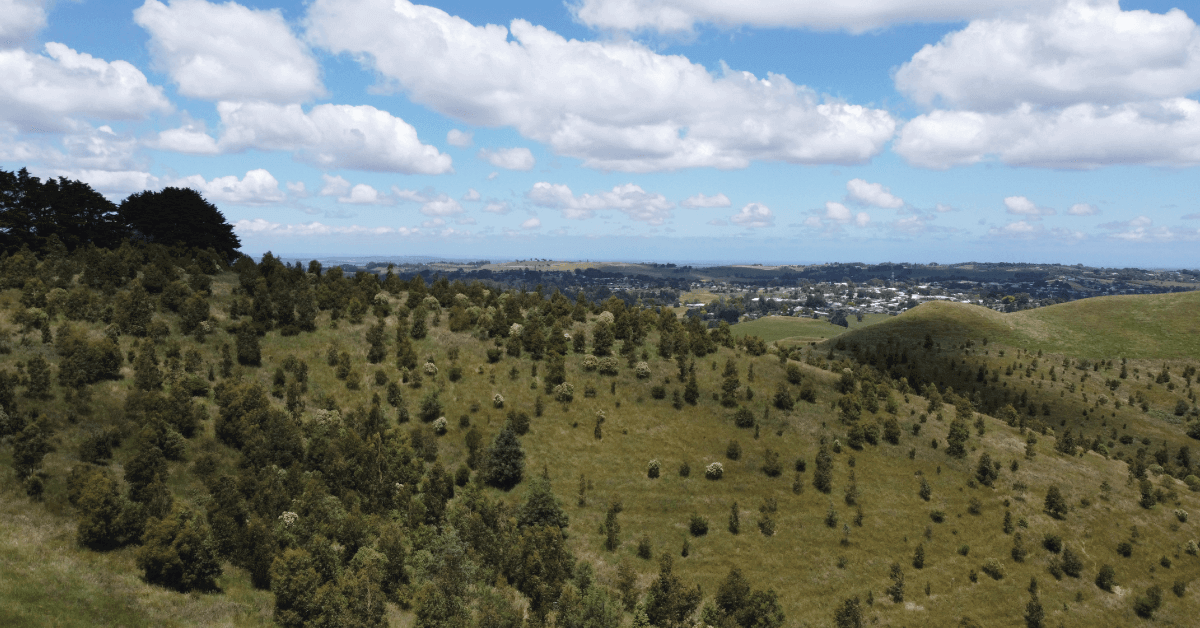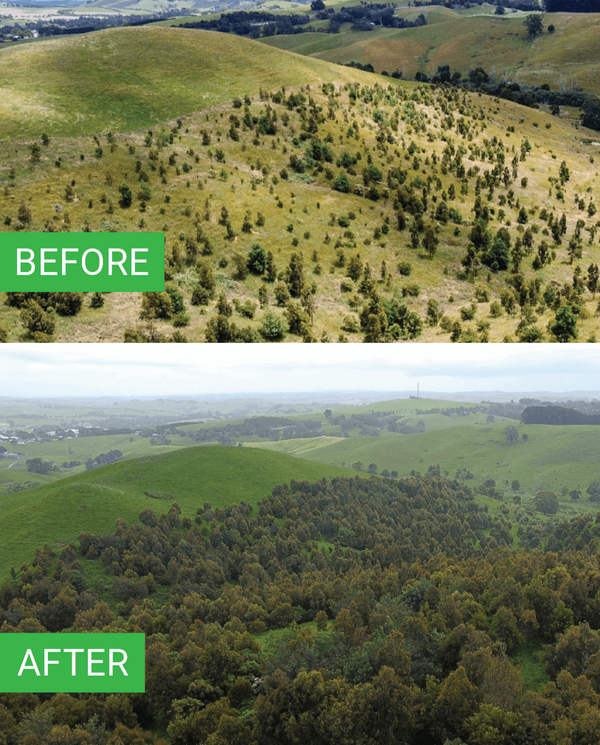
Sustainable Farming With Koala Habitat Restoration
Ness Creek is situated in Victoria’s South Gippsland on land traditionally owned by the Boonwurrung people. Originally cleared for cattle and sheep grazing in the early 20th century, it is now home to a native Greenfleet forest.
By restoring parts of the property not suitable for farming, Greenfleet is delivering climate action, increasing the site’s biodiversity, and restoring native ecosystems that existed prior to land clearing. Originally planted in 2016, the forest at Ness Creek is establishing well and starting to provide habitat for local birds and wildlife.
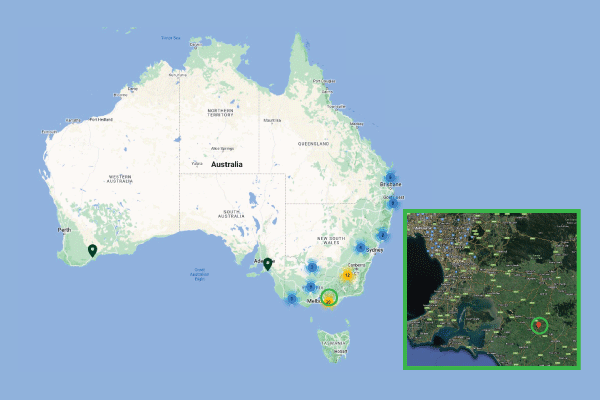
Location & Map
Located just north of Korumburra on the edge of the Strzelecki Ranges, Ness Creek is located about 2 hours south-east of Melbourne.
Once popular as part of a coal-mining boom, this region is now known for its agriculture and dairy farming.
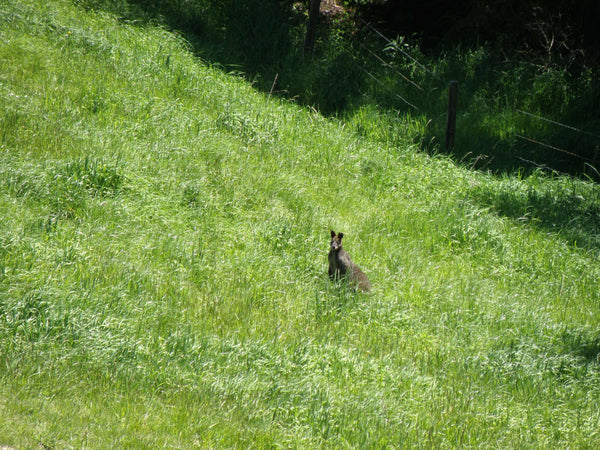
Revegetation Approach & Species Selection
Previous landholders and owners of an egg laying farm contacted Greenfleet with an interest in reforesting vast areas of their land. Their aim was to turn all the steep and wet parts of the land back to native bush with Greenfleet’s help.
First planted in 2016, Greenfleet has revegetated over 30 hectares at Ness Creek with native trees planted along the side of the creek, on the hills, and shelterbelts of the property. Much of the areas revegetated are not suitable for farming, so this revegetation work is increasing the productivity of the land and allowing climate action to be delivered.
Within just four years of growing, Greenfleet’s Revegetation Team reported in 2020 that some of the trees at Ness Creek were already 7 metres tall, and that the local swamp wallabies and birds were returning to the property.
Since the initial planting, Greenfleet has returned to bolster the establishing forest with over 5000 additional plantings, first in 2021 and again in 2022. This was in response to excessive browsing by the wallaby populations, which while trying for the planting team, shows the native animals are frequenting the site.
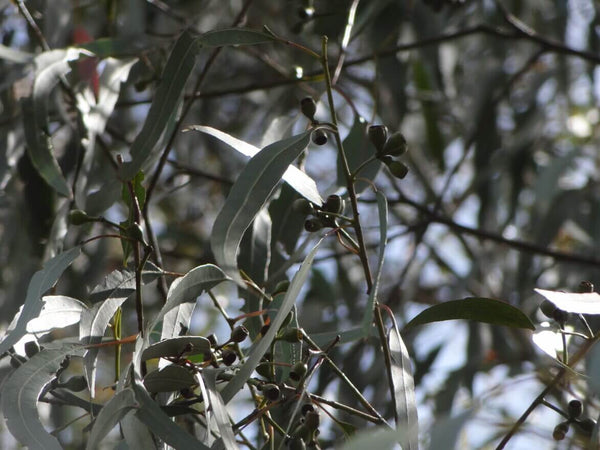
The species were selected in line with the Ecological Vegetation Classes (EVCs) found in the region. For Ness Creek, these include Damp Forest, Wet Forest, and Warm Temperate Rainforest. Within the Strzelecki Ranges, Damp Forest and Warm Temperate Rain Forest are endangered EVCs while Wet Forest is classified as depleted.
About 30 different locally native species were planted at Ness Creek to build a resilient native forest and contribute to restoring the ecological communities listed above. Species planted include Manna Gum (Eucalyptus viminallis) and Blue Gum (Eucalyptus globulus), which are forming the forest canopy while providing critical habitat and food sources for koalas. At all South Gippsland projects, Greenfleet plants Strzelecki Gum (Eucalyptus strzeleckii). This is a native tree species endemic to this region and threatened in Victoria. It can grow up to 40 metres in height and blooms with creamy coloured flowers in Spring.
Major threats to the species include grazing, land clearing and changes to hydrology in their environment. These challenges have resulted in depleted populations of these plants and their being classified as Threatened in Victoria, and Vulnerable at a federal level. The Department of Climate Change, Energy, Environment and Water estimates that there is 5,000 to 15,000 remaining in the wild which is why Greenfleet aims to include this species in all West and South Gippsland projects.
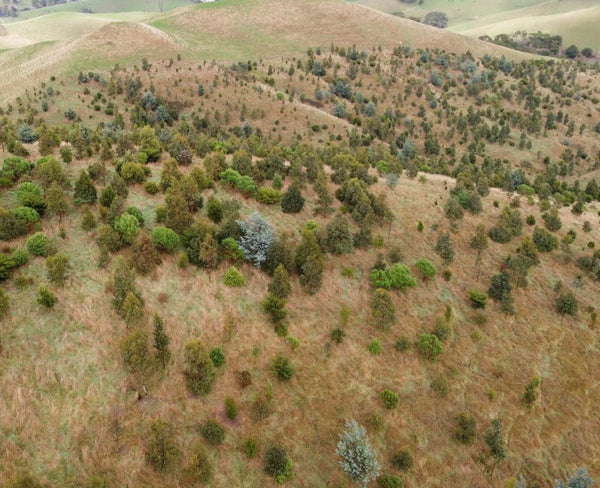
Building Habitat For South Gippsland’s Koalas
As the trees at Ness Creek continue to establish, the forest will provide much-needed habitat for wildlife such as koalas and native gliders.
The South Gippsland region is home to some of the strongest and healthiest koala populations in Australia. By extending their habitat through projects such as this, we are ensuring that these animals can continue to thrive.
While providing habitat for the animal species native to this area, the forest at Ness Creek will also improve water quality by providing great water-filtration benefits. The site sits adjacent to a reservoir and the plantings on the steep hillside of the property will assist in securing the slope and limiting run-off into it.
Climate Action
The forest growing at Ness Creek is legally protected for 100 years. Over that time, it will remove over 43,000 tonnes of carbon from the atmosphere which is the equivalent of what 10,000 average vehicles emit in a single year.
Location Size
35 ha in South Gippsland, two hours east of Melbourne
Planting Dates
2016, 2020
Species
- Silver wattle (Acacia dealbata)
- Blackwood (Acacia melanoxylon)
- Prickly moses (Acacia verticillata)
- Blanket leaf (Bedfordia arborecens)
- Drooping cassinia (Cassinia arcuata)
- Prickly currant-bush (Coprosma quadrifida)
- Mountain grey gum (Eucalyptus cypellocarpa)
- Blue gum (Eucalyptus globulus)
- Eurabbie (Eucalyptus globulus subsp. bicostata)
- Messmate stringybark (Eucalyptus obliqua)
- Mountain ash (Eucalyptus regnans)
- Strzelecki gum (Eucalyptus strzelecki)
- Manna gum (Eucalyptus viminalis)
- Hop goodenia (Goodenia ovata)
- Hemp bush (Gynatrix pulchella)
- Austral mulberry (Hedycarya angustifolia)
- Burgan (Kunzea ericoides)
- Prickly tea-tree (Leptospermum continentale)
- Woolly tea-tree (Leptospermum lanigerum)
- Swamp paperbark (Melaleuca ericifolia)
- Scented paperbark (Melaleuca squarrosa)
- Muttonwood (Myrsine howittiana)
- Musk daisy-bush (Olearia argophylla)
- Snowy daisy-bush (Olearia lirata)
- Tree everlasting (Ozothamnus ferrugineus)
- Elderberry panax (Polyscias sambucifolia)
- Hazel pomaderris (Pomaderris aspera)
- Victorian Christmas bush (Prostanthera lasianthos)
- Kangaroo apple (Solanum aviculare)


